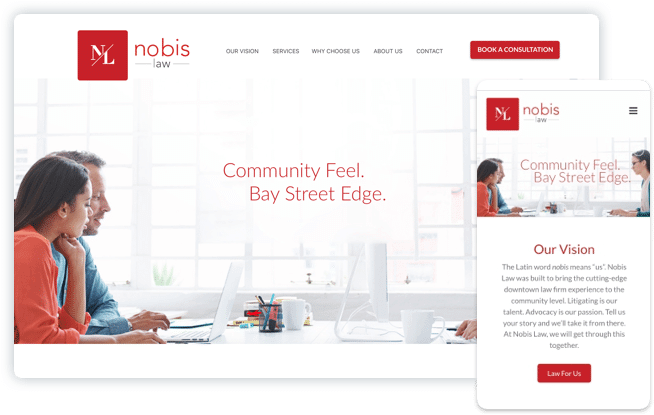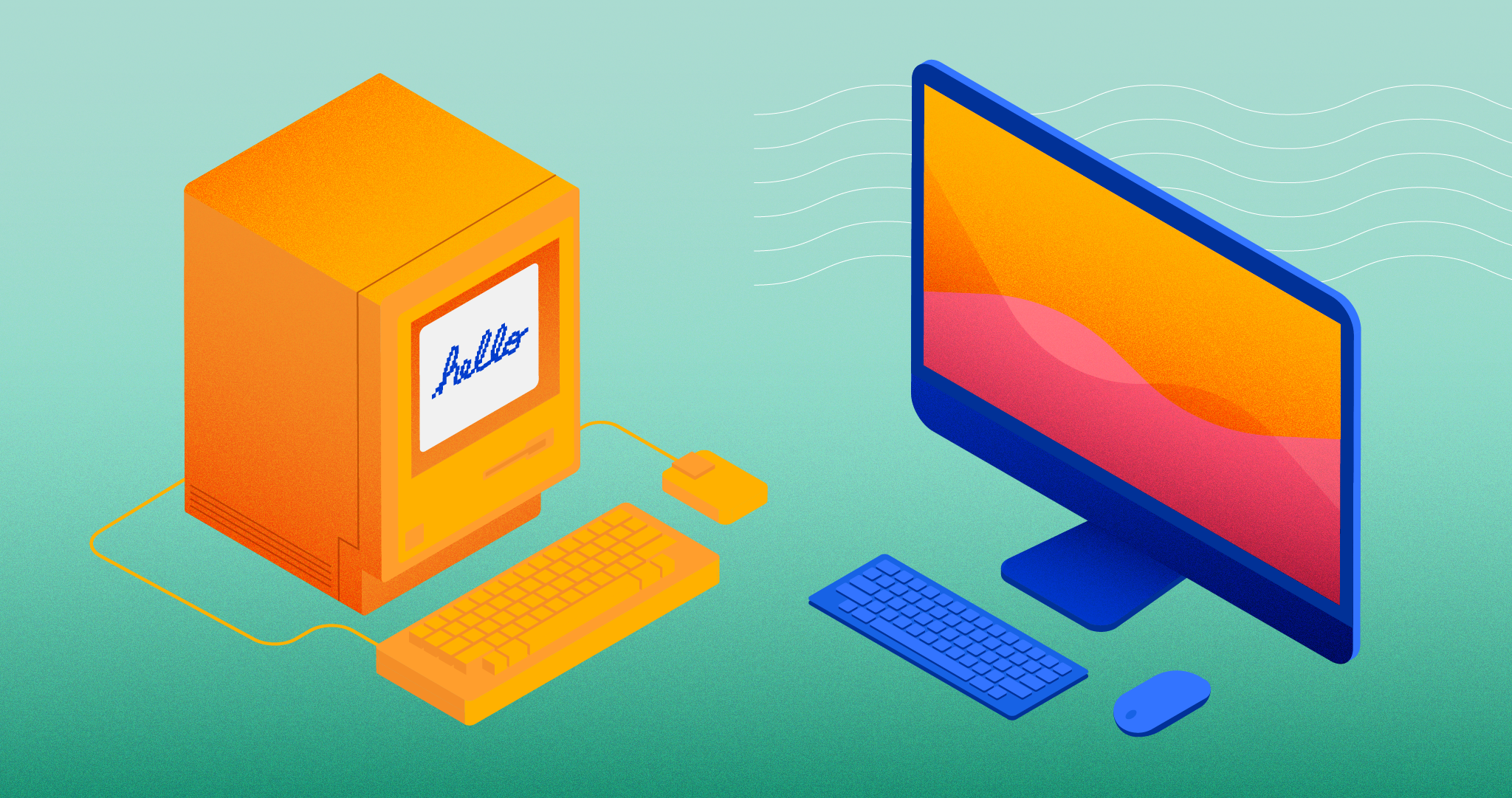Drive Results with Ingenious Web Design Services Designed for Success
Drive Results with Ingenious Web Design Services Designed for Success
Blog Article
Discover the Different Types of Website Design Provider for Your Unique Requirements
From responsive internet style that adapts to various tools, to shopping internet layout that drives on the internet sales, to customer experience (UX) layout that boosts consumer satisfaction, to customized web design that brings your vision to life-- the possibilities are endless. Whether you're a small organization proprietor looking to develop an online visibility or a business owner aiming to transform the mobile application globe, this conversation will shed light on the different types of web style solutions readily available, aiding you make an enlightened decision that aligns with your objectives.
Responsive Web Design
Responsive website design is a vital aspect of modern web development that ensures websites adjust and present flawlessly throughout different gadgets and screen sizes. With the enhancing use of smartphones, tablet computers, and various other mobile phones, it has actually ended up being vital for sites to be straightforward and easily accessible on any type of screen.
Receptive web layout makes use of a combination of flexible grids, formats, pictures, and CSS media questions to accomplish this adaptability. It enables the website to instantly adjust its format and content based upon the tool's screen resolution, size, and positioning (website design agency). This implies that customers can access the website on their desktop, laptops, tablet computers, or smart devices without experiencing any kind of concerns or having to zoom in or out to see the web content correctly

E-commerce Website Design

With the increasing demand for on the internet purchasing, businesses are now concentrating on e-commerce website design to produce user-friendly and visually appealing sites that drive sales and boost the customer shopping experience. Ecommerce web layout includes numerous aspects such as format, navigation, product display, and checkout process optimization. These aspects are critical for attracting and keeping consumers, along with boosting conversion prices.
A reliable ecommerce web layout starts with an efficient format that permits users to easily discover the services or products they are searching for. Clear and instinctive navigating food selections, search bars, and filtering system choices are important for a seamless surfing experience. Additionally, the item screen ought to showcase top notch pictures, comprehensive descriptions, and consumer reviews to develop depend on and confidence in the product.
Additionally, the check out procedure need to be optimized for simpleness and benefit. A safe and secure and streamlined payment entrance, together with numerous repayment choices, makes sure a smooth deal for the client. Additionally, integrating attributes such as visitor checkout, order monitoring, and personalized referrals can boost the overall shopping experience.
Individual Experience (UX) Style
Individual Experience (UX) Design plays a vital duty in creating straightforward and interesting websites that focus on the demands and choices of the target audience. It involves making and enhancing the total experience that users have when interacting with an internet site or application. UX designers intend to boost customer contentment by boosting the functionality, access, and effectiveness of the site.

UX developers focus on producing intuitive navigation, succinct and clear material, and visually attractive interfaces. They ensure that the website is simple to understand and browse, making certain a seamless and satisfying user experience.
Along with boosting use, UX design also considers the emotional facet of user experience. Designers aim to evoke favorable emotions via aesthetic components, such as Our site shades, typography, and images, which add to the general user fulfillment.
Personalized Website Design
Custom-made web design includes creating custom-made and distinct sites that are particularly developed to satisfy the individual demands and needs of a service or company. Unlike pre-designed layouts or common internet site designs, customized web style uses a tailored method that shows the brand name identification, values, and goals of the client.
With customized website design, every aspect of the web site is thoroughly crafted to line up with the client's purposes. This includes the design, color design, typography, photos, and general individual experience. The layout procedure begins with an extensive understanding of the customer's organization and target market, permitting the internet developer to create an internet site that effectively communicates the customer's message and involves customers.
One of the essential advantages of customized web design is its flexibility. As the site is built from the ground up, the web developer has total control over its performance and features. This makes it possible for the assimilation of any type of desired modifications, such as ecommerce this contact form performance, content monitoring systems, or interactive elements.
Furthermore, customized website design ensures that the web site is maximized for internet search engine, making it much more noticeable to potential consumers. By carrying out SEO best techniques, such as proper keyword placement and meta tags, the internet site can accomplish greater rankings in search engine results.
Mobile Application Design
Mobile app layout involves creating visually attractive and easy to use user interfaces for applications that are especially developed for smart phones. With the increasing popularity of mobile phones and tablet computers, mobile app design has ended up being a critical aspect of digital product growth.

Visual charm is likewise important in mobile application layout. Making use of shades, typography, and images can produce an aesthetically pleasing user interface that catches the customer's attention and enhances their overall experience. Furthermore, integrating brand name aspects and maintaining uniformity with the company's aesthetic identity can assist establish a strong brand name presence within the app.
Mobile application layout likewise includes taking into consideration various technological elements, such as gadget responsiveness, efficiency, and compatibility optimization - website design agency. It is vital to make certain that the application functions seamlessly throughout various devices and operating systems, providing a regular experience to all individuals
Final Thought
Receptive internet style guarantees a seamless experience throughout various gadgets, while e-commerce internet style focuses on creating on-line buying platforms. Custom internet style provides customized options to meet details demands, while mobile app layout focuses on developing easy to use mobile applications.
From responsive web layout that adapts to various devices, to shopping web style that drives online sales, to individual experience (UX) layout that improves consumer complete satisfaction, to personalized web layout that brings your vision to life-- the possibilities are limitless.An effective ecommerce internet layout starts with a well-organized format that allows individuals to conveniently find the products or services they are looking for. The layout process begins with a official source complete understanding of the customer's business and target audience, allowing the web designer to establish an internet site that effectively communicates the client's message and engages individuals.
Responsive web style makes sure a seamless experience across different gadgets, while ecommerce web design focuses on creating online purchasing systems. Personalized internet style provides tailored solutions to meet specific requirements, while mobile application style focuses on creating user-friendly mobile applications.
Report this page